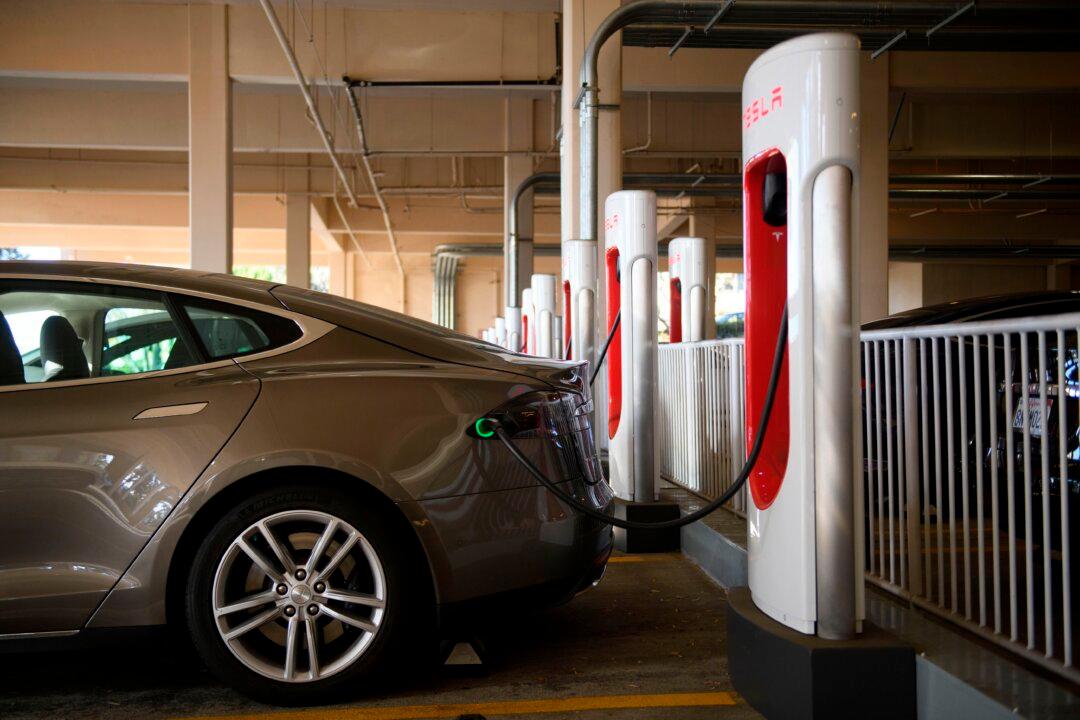Commentary
On Aug. 25, the California Air Resources Board issued a mandate banning the use of fossil fuels in all vehicles sold in the state beginning in 2035. Most will be EVs—electric vehicles.

On Aug. 25, the California Air Resources Board issued a mandate banning the use of fossil fuels in all vehicles sold in the state beginning in 2035. Most will be EVs—electric vehicles.